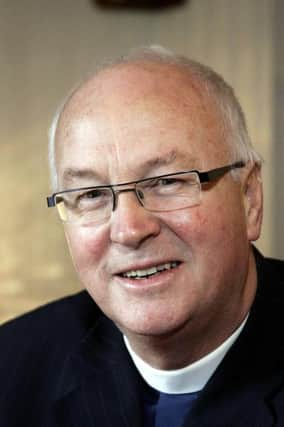The Irishman who shaped Montana


Not so well known is the role played in the history of Montana by an Irishman, Thomas Francis Meagher, whose equestrian statue stands in front of the state capitol building in Helena, Montana.
Thomas Meagher (pronounced Marr) was born into a prominent business family in Waterford, and educated at the famous Jesuit schools of Clongowes Wood, County Kildare and Stonyhurst in Lancashire. His father was a supporter of ‘The Liberator’, Daniel O’Connell, whose pressure had ensured the Catholic Emancipation Act of 1829. Indeed, Meagher senior became the first Roman Catholic Lord Mayor of Waterford.
Advertisement
Hide AdAdvertisement
Hide AdO’Connell continued to press for the repeal of the Act of Union, using non-violent means, insisting that freedom was not worth the shedding of one Irishman’s blood. Young Tom Meagher, however, with images of the Great Hunger in his mind, attached himself to the Young Ireland movement, and was involved in the rising of 1848, which culminated in the calamitous ‘Battle of widow McCormick’s cabbage garden’. Although Tom was sentenced to death, the sentence was changed to deportation to Van Diemen’s Land (Tasmania). After some years he escaped, making his way to New York via South America.
In the ‘land of the free’, he studied law, and became a journalist, editing the popular ‘Irish News’. When the Civil War broke out, he raised an Irish Brigade, fighting valiantly at Bull Run, Antietam, and Fredericksburg. At the latter battle the regiment was decimated, with only 280 of the 1,200 men answering roll call the next morning.
When the War ended, President Andrew Johnston invited Meagher to become Military-Secretary of the territory of Montana, and acting Governor. The territory was a wild and lawless place, menaced not only by Red Cloud’s Sioux Indians, but by vigilante groups who set themselves above the law. It is conjectured that members of that group had Meagher tossed overboard from a riverboat, when he had gone to Fort Benton to collect arms with which to face the Sioux.
His contribution to bringing order to Montana was acknowledged by the statue in Helena, and in recent years the city of Waterford has similarly recognised him.